There are many postcards on the Internet from old Aden under British control. This continues the series with views of Sheikh Othman.

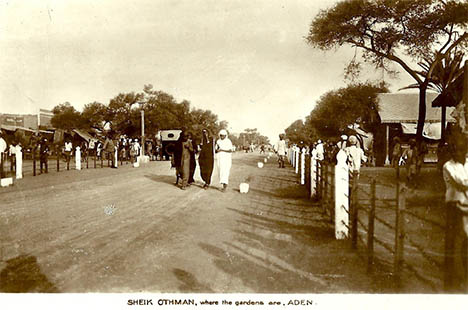
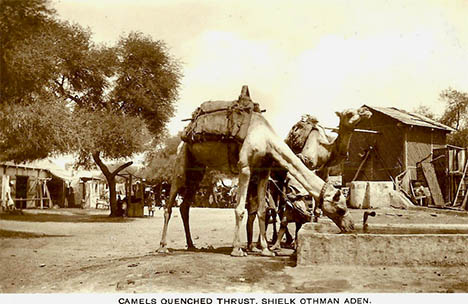
to be continued… for #12, click here.
There are many postcards on the Internet from old Aden under British control. This continues the series with views of Sheikh Othman.



to be continued… for #12, click here.
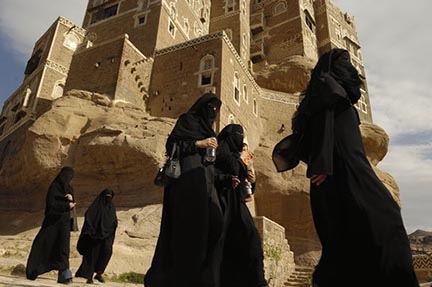
By Samira Ali BinDaair, Sanaa
When it comes to women and gender in Yemen, I see the discussions inevitably alternating between what is happening in politics and then back again to the same old arguments about women’s rights. I think the problem is that we always look at women’s issues from a very narrow angle lens even though we profess to uphold women’s rights, whatever those are and by whosoever’s definition. After working for the past 20 years in development programmes that spanned different agendas and a variety of target groups and where gender analysis always featured largely, I can safely say that this whole concept of gender mainstreaming was introduced to Yemen without being communicated through more cultural-sensitive strategies. The result has been considerable confusion. Because it was introduced by Western agencies, it was sometimes greatly misunderstood, misimplemented and misused by people with vested interests, just as some men with vested interests have misinterpreted the role of women in Islam.
Gender, therefore, has taken on a demonic face when implemented in this way and came to be seen by some as advocating for the Western style of women’s lib from the 60s and being outside local religio-cultural norms. This ended up marginalizing women even more when the male members of society rejected it out of hand. Gender mainstreaming should be a rigorous process of examining the impact of policies on females, males and children and simultaneously defining the special needs of each category. The gender advocates simply go on repeating the same platitudes about women’s rights hinging on a two pronged concept of public life and employment. For example, in Yemen rural women constitute 70% of the labour force in agriculture so the question is not whether to work or not to work for them but how to relieve them of the many burdens that they face within an underprovided rural environment. Continue reading Gender Issues in the New Yemen
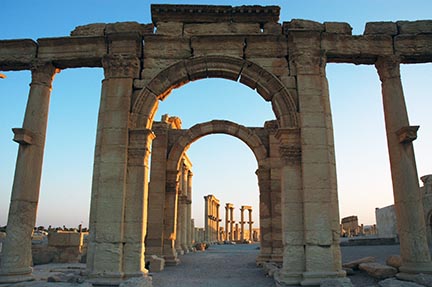
Illegal excavations and military use have recently endangered Palmyra, Syria, a UNESCO World Heritage Site. Photo: UNESCO/Ron von Oers
by Shatha Almutawa, American Historical Association, April 2014
A car bomb exploded outside the Museum of Islamic Art in Cairo on January 24, 2014. The Egyptian Heritage Rescue Team arrived on the scene and began to assess the damage and prepare artifacts to be moved to another building. Trained by the International Centre for the Study of the Preservation and Restoration of Cultural Property, the Egyptian volunteers worked with museum staff until all the artwork was safely relocated.
In Syria, following the destruction of the minaret at Aleppo’s Umayyad Mosque last spring, people made their way to the mosque to save the stones for later rebuilding. Some lost their lives in the process. The mosque had been used by rebels, the Syrian army was attacking from the outside, and fighting continued as volunteers worked to protect the stones. As political instability continues in the wake of the Arab Spring, cultural heritage sites and objects are often endangered.
Scholars and activists working on issues relating to the preservation of cultural heritage in the Middle East convened on February 28 at the Smithsonian’s Freer Gallery to discuss the Arab Spring’s impact on monuments, historic neighborhoods, and culture in the region. Lisa Ackerman, executive vice president and chief operating officer at World Monuments Fund, spoke about the importance of providing training to communities around historic sites in times of peace and after conflicts, so that locals can preserve their own heritage. She also mentioned the reality that in times of war, troops are trained to find strategic locations to use as bases; historic sites, as she explained in a later e-mail, “are often located in strategic positions with existing infrastructure, such as roads and nearby accommodations, or, as we’ve seen in Syria, are often situated at the highest points, providing a location advantage.†As an example, the US Army in Iraq chose Babylon for its Camp Alpha, which resulted in damages to its ancient walls and gates. Continue reading Creating and Preserving Cultural Heritage in the Arab World

اب الخضراء؛ عبقرية المزارع اليمني ÙˆØكمته ÙÙŠ أبهى صورها
There are many postcards on the Internet from old Aden under British control. This continues the series with more views of camels and a bullock in Aden.

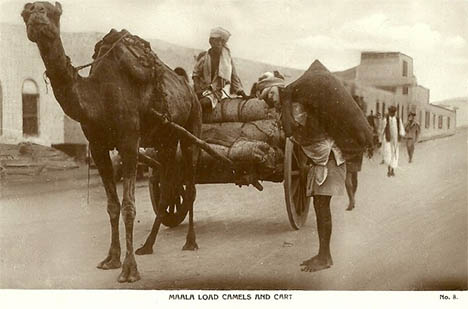
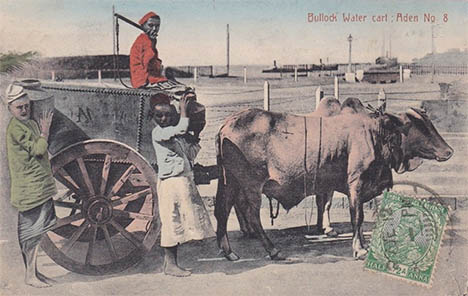
to be continued… for #11, click here.
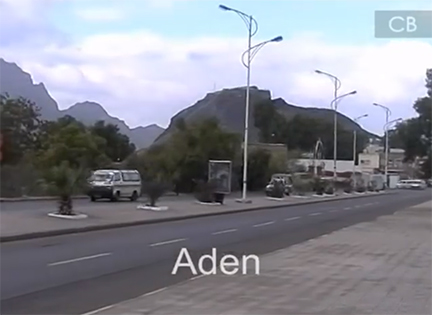
A Youtube video on Aden in 2005:
A video of interest mainly to people who once lived in Aden. Landing at Aden airport (footage taken from within aircraft), Khormaksar, Crater (tanks, commercial centre, market halls, fishermen at Front Bay), Ma’alla, Steamer Point. Please also see part 2 (Gold Mohur beach, car ride around Aden). Footage taken in December 2005.
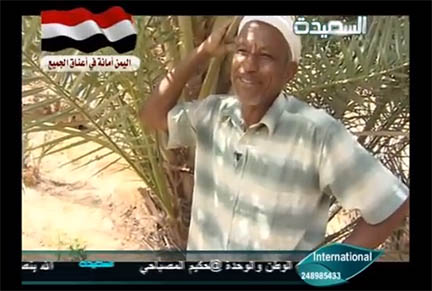
Here is a fascinating video on various types of dates and their use in the Hadramawt.
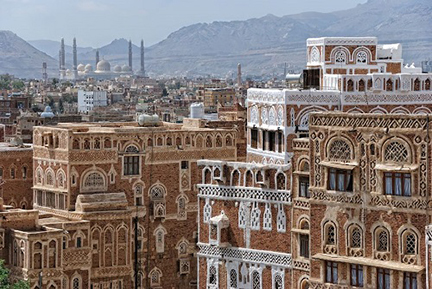
So if you were to pick the ten most dangerous cities in the world, what city in the Middle East do you think would be near the top of the list? Mogadishu, by the way, is number 7 and Peshawar, Pakistan is number two. So would you believe that number 3 is Sanaa? Sanaa more dangerous than Kabul, Aleppo or Baghdad? This is what an Internet top-ten list says, although I seriously doubt the person or machine compiling the list has ever been to Sanaa. And dangerous for whom exactly? Here is what the blurb says:
A politically instable country, Yemen has its share of problems. That being said, the capital city, Sana’a, is one of the most dangerous places in the entire world. Despite the best efforts of US allies, the city remains a high risk destination. Those who do make it there enjoy visiting the Old City, a section of Sana’a full of beautifully designed buildings from a more peaceful time.
Indeed Yemen is unstable, but there are relatively few deaths reported there and life goes on pretty much as usual for most Yemenis living there. I know that there is instability in Yemen but the word “instable” for me conjurs up Dodge City and the OK corral. Sanaa may have its security problems, but I will take it to the destruction going on in Iraq, Syria or Afghanistan any day.